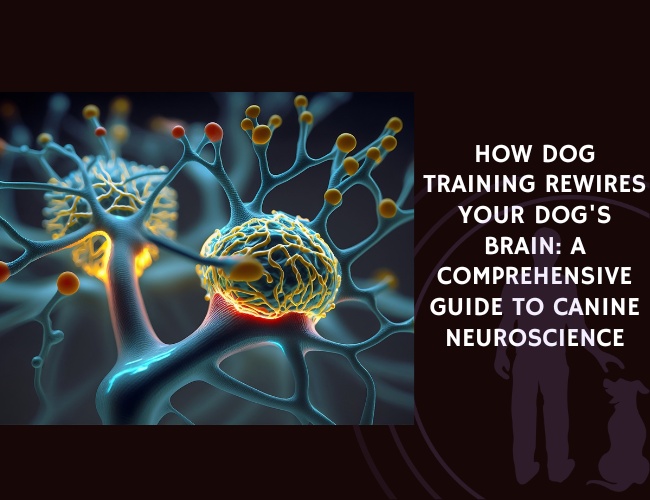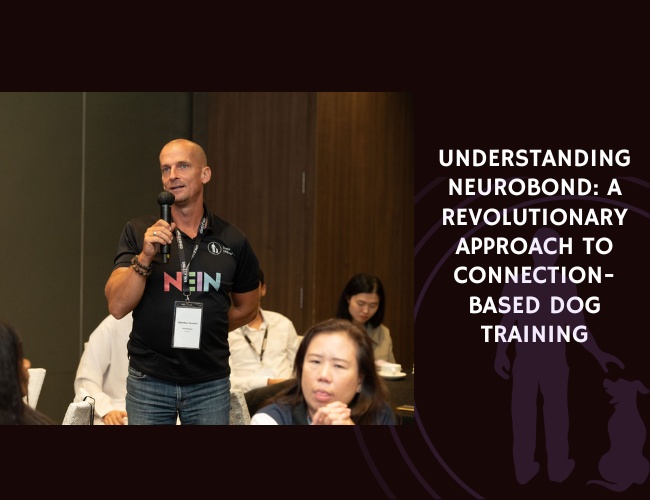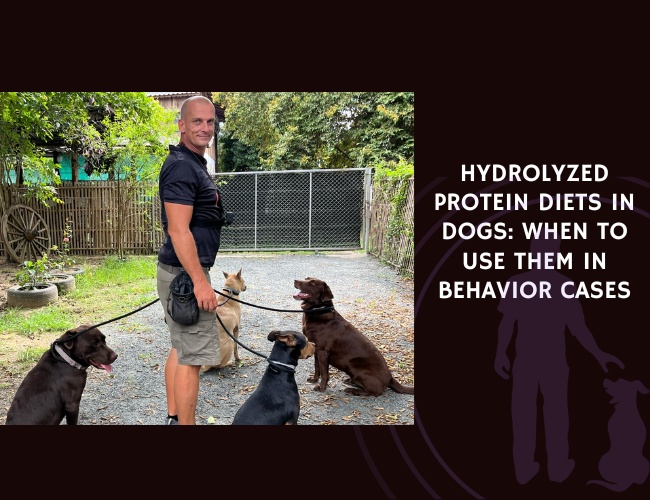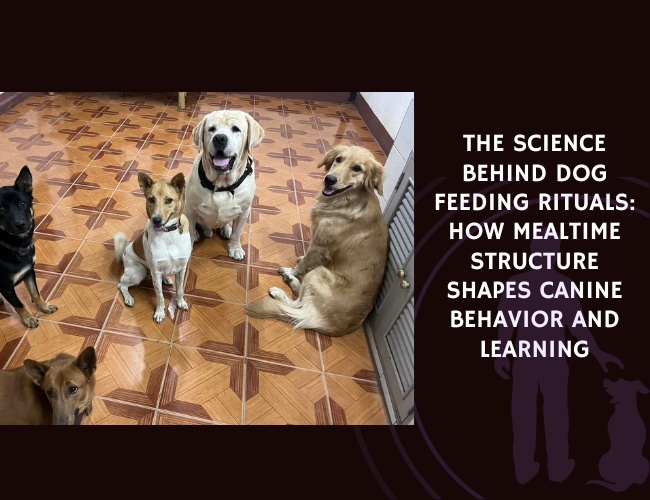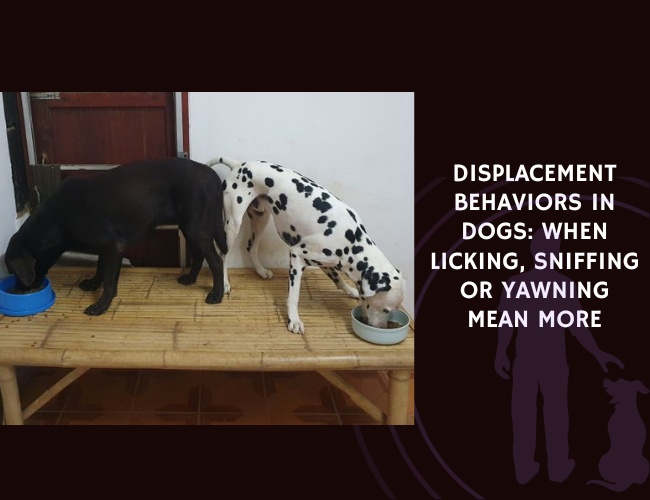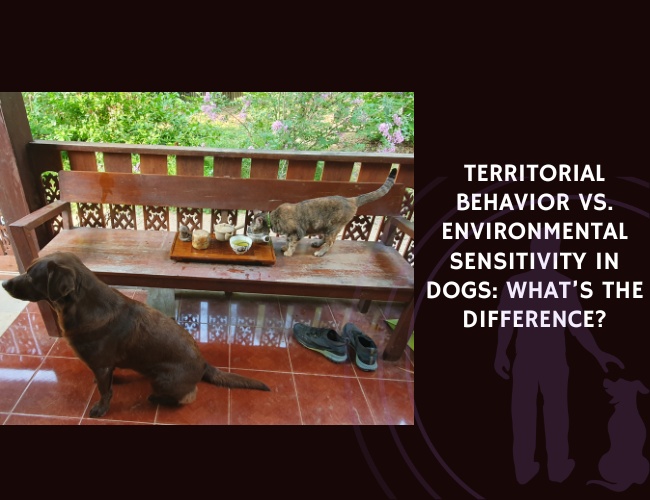Understanding the Basics of Canine Learning
Introduction to Classical and Operant Conditioning in Dog Training
When it comes to dog training, understanding classical and operant conditioning is key. These fundamental principles help explain how dogs learn and adapt to new behaviors.
Classical conditioning involves associating a neutral stimulus with a significant one. Take the famous example of Pavlov’s dogs: when the dogs heard a bell (neutral stimulus) at the same time they were presented with food (significant stimulus), they eventually started salivating at the sound of the bell alone. This type of conditioning leverages the dog’s ability to link events occurring close together in time.
On the other hand, operant conditioning is about learning through consequences. This method, pioneered by B.F. Skinner, posits that behaviors followed by rewards are likely to increase, while those followed by punishments are likely to decrease. For example, if your dog sits when asked and receives a treat (positive reinforcement), they are more likely to sit on command in the future.
Role of the Hippocampus and Amygdala in Memory Formation and Emotional Responses
The hippocampus and amygdala are critical players in how dogs form memories and respond emotionally.
- Hippocampus: This brain region is crucial for spatial memory and the retention of learned tasks. It helps your dog remember where they buried their favorite toy or the commands you’ve taught them. When dogs undergo training, the hippocampus stores these new memories, making it easier for them to recall commands and navigate their environment.
- Amygdala: Known for its role in emotional processing, the amygdala helps determine how dogs react to different stimuli. It’s involved in the formation of emotional memories, like associating the sound of a vacuum cleaner with fear. Effective training can modulate the amygdala’s activity, helping reduce anxiety and improve emotional regulation in dogs.
Difference Between Implicit and Explicit Learning in Dogs
Dogs, like humans, can learn implicitly and explicitly, and understanding these differences is crucial for training.
- Implicit Learning: This type involves acquiring skills and knowledge without conscious awareness. It mainly leads to habit formation. For instance, a dog may learn to sit quietly when the family gathers for dinner without being explicitly trained to do so. Such patterns of behavior can be reinforced gently through consistent routines.
- Explicit Learning: In contrast, explicit learning involves conscious effort and problem-solving. It requires the dog to actively think about and process new skills or commands. For example, teaching a dog a new trick like rolling over involves various steps and commands that the dog consciously learns and remembers.
Comprehending these learning types helps you develop a balanced training approach that incorporates both habitual reinforcement and problem-solving to achieve the best outcomes for your dog.
As we delve further into the fascinating world of canine neuroscience, we will explore how training can actively rewire your dog’s brain, making them not only more adept learners but also healthier and happier pets.
Neural Plasticity: How Training Changes Your Dog’s Brain
Training your dog does much more than just teaching them new tricks; it can actually rewire their brains. This chapter delves into how training promotes neural plasticity, the brain’s ability to reorganize itself and form new neural connections.
Enhancement of Synaptic Connections through Repeated Training Exercises
When you train your dog, you’re doing more than just rewarding good behavior. You’re actually strengthening the connections between neurons in your dog’s brain. Repeated training exercises enhance synaptic connections, which are the junctions where neurons communicate. This process occurs primarily in the prefrontal cortex, the part of the brain responsible for complex behaviors like decision-making and impulse control.
Through consistency and repetition, these synapses become stronger and more efficient. Your dog’s neurons are wired to respond better to cues and commands, improving their performance over time. This means that the more you practice a command or behavior, the stronger those synaptic connections become, leading to quicker and more reliable responses from your pet.
Stimulation of Neurogenesis During Learning Processes
Training also stimulates neurogenesis, which is the birth of new neurons. This is particularly significant because neurogenesis is vital for learning and adaptability. New neurons are primarily generated in the hippocampus, an area crucial for memory formation and spatial navigation. When you expose your dog to new tasks and challenges, it helps generate new neurons, enhancing their cognitive capabilities.
Repeated learning exercises not only promote the growth of new neurons but also help integrate these neurons into existing neural circuits. This process makes your dog more adaptable and better at coping with new situations. In essence, training helps keep your dog’s brain young and flexible, much like how mental exercises benefit humans.
Evidence from fMRI Studies Showing Brain Changes in Trained Dogs
Functional MRI (fMRI) studies have provided fascinating insights into how training affects a dog’s brain. These studies show distinct activation patterns in trained versus untrained dogs. For instance, trained dogs show increased activity in the prefrontal cortex and basal ganglia. These areas are involved in decision-making and reward processing, respectively.
The increased activation in these brain regions signifies that trained dogs are more adept at processing rewards and making decisions. This neural adaptation indicates that training has a profound impact on brain function and structure. These fMRI studies provide concrete evidence that training not only modifies your dog’s behavior but also leads to physical changes in their brain.
Transitioning into the next topic, understanding these neural adaptations deepens our insight into the complex relationship between training, dopamine, and the reward system.
The Reward System and Positive Reinforcement
When it comes to dog training, understanding the role of the reward system and positive reinforcement is crucial. This chapter delves into how dopamine affects motivation and learning during training, how the basal ganglia processes rewards and influences behavior, and the comparison between food-based and praise-based training effects.
Role of Dopamine in Motivation and Learning
Dopamine is a key player in how dogs learn and stay motivated during training. This neurotransmitter is often referred to as the “feel-good” chemical because it is released in the brain’s reward pathways when a dog receives a reward like a treat or praise. This release of dopamine not only makes the dog feel good, but it also strengthens the association between the behavior and the reward, making the dog more likely to repeat the behavior in the future.
When you use positive reinforcement in training, such as giving a treat or verbal praise when your dog performs a desired behavior, you are enhancing dopaminergic activity in the brain. This means that the dog’s brain is learning that certain behaviors lead to positive outcomes, making the dog more motivated to engage in these behaviors. Studies have shown that this kind of training can lead to increased levels of dopamine in areas of the brain associated with motivation and learning.
How the Basal Ganglia Processes Rewards and Influences Behavior
The basal ganglia, a group of structures in the brain, play a critical role in processing rewards and influencing behavior. This part of the brain is deeply involved in reinforcement learning, which is the process of learning which behaviors are rewarded and which are not. The basal ganglia help encode reward expectations, so when a dog anticipates a treat or praise, this area of the brain gets activated, reinforcing the behavior.
Through repeated training, connections in the basal ganglia become stronger, making it easier for the dog to remember and perform the desired behaviors. This process helps transform training into habitual behavior. The basal ganglia essentially set up a loop where the dog learns to expect a reward and continues to seek out similar positive stimuli, solidifying the learned behavior in the brain.
Comparison Between Food-Based and Praise-Based Training Effects
When it comes to rewards, dog trainers often debate the effectiveness of using food versus praise. Both have their benefits, but they can affect dopamine levels and learning outcomes differently.
- Food-Based Training: Using treats can be highly effective because food often stimulates a higher release of dopamine compared to praise alone. The immediate and tangible nature of food rewards can make learning faster, especially in the early stages of training. However, over-reliance on food can sometimes lead to issues if the dog becomes more focused on the treat than the behavior being reinforced.
- Praise-Based Training: Verbal praise and physical affection, such as petting, can also be very powerful motivators. Praise has the advantage of being always available and can gradually lead to a more intrinsic form of motivation where the dog performs behaviors for the pleasure of pleasing their owner. Dopaminergic activity is still present but may be slightly less intense compared to food rewards. However, praise-based training fosters a strong bond between dog and owner, which can be beneficial for long-term training and emotional health.
Studies indicate that the dopaminergic activity in a dog’s brain differs between food-based and praise-based rewards. While both methods activate the reward system, the extent and duration of dopamine release can vary. It is often recommended to use a combination of both to balance motivation and ensure consistent training outcomes. Mixing treats with praise can capitalize on the immediate, high-stimulation of food rewards and the lasting, emotional connection of praise.
By leveraging the power of positive reinforcement and understanding the neuroscience behind it, you can create a more effective and nurturing training environment. This holistic approach not only enhances learning but also strengthens the emotional bond between you and your dog.
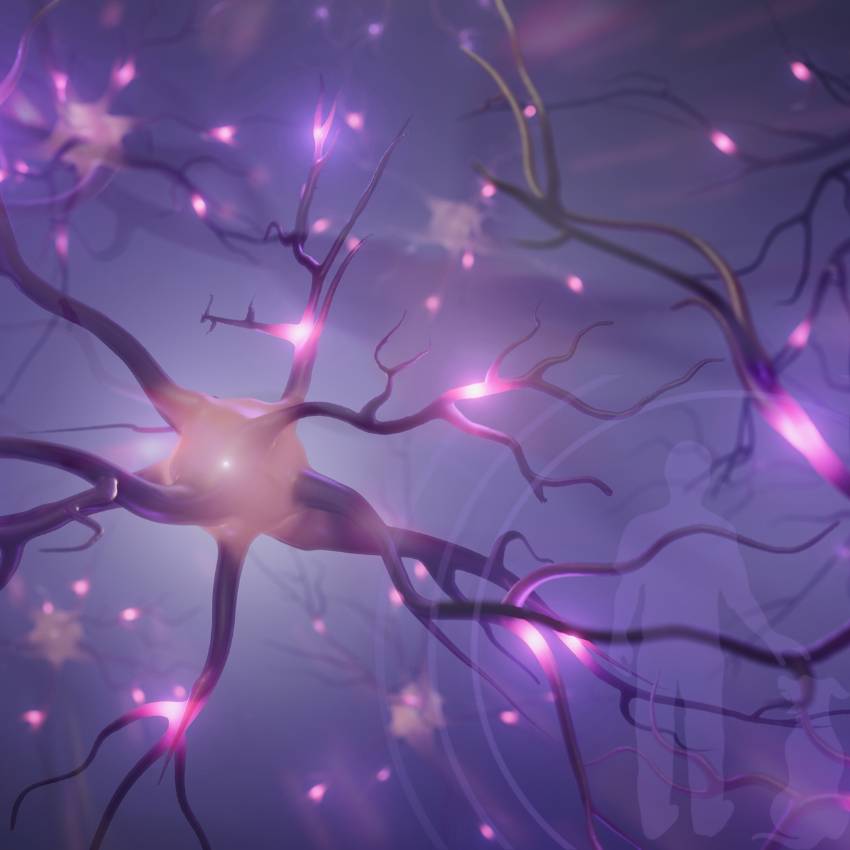
Emotional Control and Decision-Making
Training your dog is more than just teaching them commands. It fundamentally alters their brain, shaping how they regulate emotions and make decisions. Let’s explore the intricate ways training influences your dog’s emotional control and decision-making abilities.
Impact of Training on the Amygdala and Emotional Regulation
The amygdala, a crucial part of your dog’s brain, plays a significant role in processing emotions and fear. Training has a noticeable impact on the amygdala’s activity. Well-trained dogs often show reduced anxiety levels and improved emotional regulation. This is because consistent training helps them develop coping mechanisms, making them less reactive to stressful situations.
For example, when a dog is trained to sit or stay in the presence of a stressful stimulus, the repeated practice helps their amygdala learn to manage emotional responses better. This not only makes the dog more confident but also enhances their overall well-being.
Prefrontal Cortex’s Role in Impulse Control and Decision-Making
The prefrontal cortex is another essential brain area influenced by training. This region is responsible for functions like impulse control, delayed gratification, and making complex decisions. Dogs with strong training in impulse control and obedience tasks show more significant activity in the prefrontal cortex, indicating enhanced decision-making capabilities.
Training that involves waiting for a reward, such as commanding a dog to stay before allowing them to go to their food bowl, directly influences this region. Such exercises improve your dog’s ability to think before they act, making them more self-controlled and well-behaved.
Development of Problem-Solving Abilities Through Structured Training
Structured training goes beyond basic commands. It involves problem-solving tasks that engage your dog’s brain, promoting cognitive development. These tasks stimulate the prefrontal cortex, which facilitates complex decision-making processes.
Activities like puzzle toys, agility courses, and advanced obedience training require your dog to analyze situations, assess risks, and make decisions. The orbitofrontal cortex, a part of the prefrontal cortex, plays a critical role in these processes by evaluating risks and benefits, ensuring your dog makes the best possible decisions.
Training sessions that involve varied and mentally stimulating challenges encourage neurogenesis, the creation of new neurons. This process is vital for learning and adaptability, helping your dog remain sharp and mentally agile.
Immediate and Long-Term Benefits
The benefits of training are seen both immediately and in the long run. Immediately, you’ll notice a calmer, more focused, and better-behaved dog. They will be less reactive to their environment, better at following commands, and more capable of managing their impulses.
Long-term training continues to affect the brain positively. Dogs that undergo regular mental stimulation show less cognitive decline as they age. Engaging your dog in continuous training can promote brain health, leading to a fulfilling life for your furry companion.
As we move forward, it’s exciting to discover that our partnerships with our dogs are not just about commands but about enhancing their cognitive abilities and emotional health. Through thoughtful training, we contribute to their happiness and well-being.
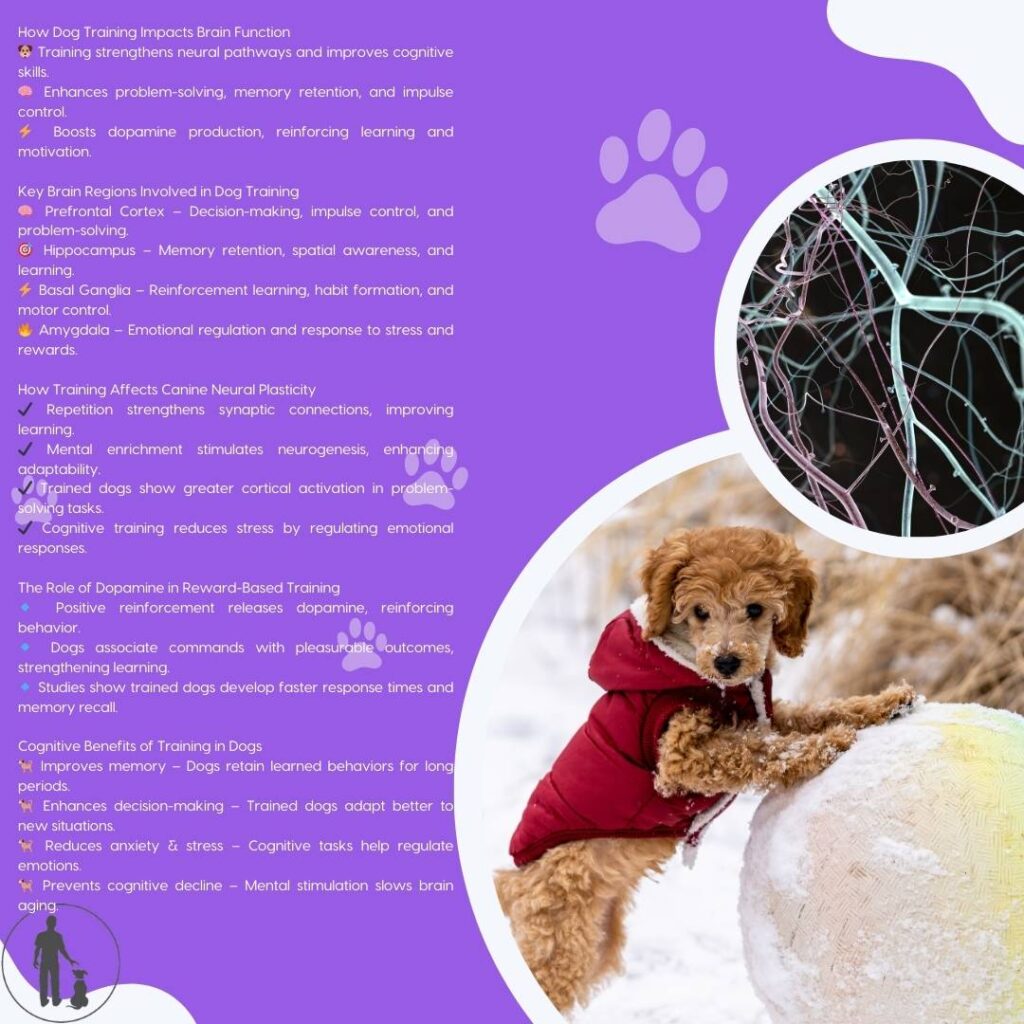
Social Learning and Cognitive Development
Function of Mirror Neurons in Observational Learning
Observational learning is a powerful tool in dog training, owing largely to the function of mirror neurons. These specialized neurons fire both when a dog performs an action and when it observes another dog or human performing the same action. This mirroring process helps dogs learn behaviors by watching and imitating others.
For example, if your dog sees another dog fetch a ball, mirror neurons activate in your dog’s brain, making it more likely to imitate that behavior. This mechanism enables dogs to quickly learn new skills simply by observing, making training sessions more effective and efficient. By leveraging observational learning, you can teach your dog a variety of commands and tricks without the need for direct, repetitive instructions.
Importance of Social Cognition in Training Outcomes
Social cognition—the ability to understand and respond to the social cues of others—plays a crucial role in a dog’s training success. Dogs are naturally social animals, and their training outcomes can be significantly enhanced by their ability to read human gestures, facial expressions, and vocal tones.
A dog that is adept at social cognition can pick up on subtle hints from its trainer, making the learning process smoother and more enjoyable for both parties. For instance, a simple nod or smile from you can reinforce a behavior, while a disapproving look can deter unwanted actions. Understanding these cues helps dogs feel more connected and engaged, leading to better compliance and stronger bonds.
Social cognition also helps dogs navigate complex social environments, making them more adaptable and better behaved in diverse settings. This adaptability contributes to their overall well-being and happiness, further emphasizing the importance of incorporating social elements into training routines.
Role of Mental Enrichment in Cognitive Flexibility
Mental enrichment is pivotal for fostering cognitive flexibility—the ability to switch between thinking about different concepts or to think about multiple concepts simultaneously. Engaging your dog in mentally stimulating activities can significantly enhance their cognitive abilities, keeping their brains active and healthy.
Mental enrichment can be achieved through various means:
- Puzzle Toys: These toys challenge your dog’s problem-solving skills, preventing boredom and promoting mental engagement.
- Interactive Play: Playing fetch, hide-and-seek, or introducing agility courses can keep your dog mentally sharp.
- Training New Commands: Continuously teaching your dog new commands or tricks can stimulate their brain and improve their cognitive flexibility.
By incorporating these activities into daily routines, you help your dog retain their mental agility, which can delay cognitive decline as they age. Maintaining cognitive flexibility is not only beneficial for their learning capabilities but also for their overall quality of life.
As we delve deeper into the reasons behind these training methods, it’s clear that a well-rounded approach to dog training—one that includes both social and cognitive development—is vital for creating a fulfilling and productive environment for your furry companion. This holistic approach ensures that your dog remains mentally stimulated and emotionally balanced, leading to a happier, healthier life.
Long-Term Benefits and Aging
Prevention of Cognitive Decline Through Early-Life Training
Training your dog from a young age provides numerous benefits, including the prevention of cognitive decline as they grow older. Much like humans, dogs’ brains can experience aging, leading to a decrease in cognitive functions. However, early-life training can set a foundation that helps maintain brain health. When dogs are presented with consistent training, it challenges their brains and ensures ongoing mental stimulation. This prevents or delays the onset of cognitive dysfunction, keeping your dog sharp well into their senior years.
Impact of Continued Mental Stimulation on Brain Health
Beyond early-life training, continual mental stimulation throughout a dog’s life is essential for maintaining brain health. Daily training sessions, puzzle toys, and interactive activities engage a dog’s cognitive abilities and keep synaptic connections strong. Regular mental exercises encourage the growth of new neural pathways, a process known as neurogenesis. This constant brain activity promotes better memory retention and adaptability.
Reinforcing learned behaviors and introducing new tasks keep your dog’s brain active. These activities enhance overall cognitive flexibility, allowing dogs to adapt better to various situations. This active engagement can significantly reduce the risk of canine cognitive dysfunction (CCD), similar to how keeping the human brain active can prevent or delay Alzheimer’s disease.
Comparison of Brain Atrophy in Trained versus Untrained Senior Dogs

Research indicates that trained dogs experience less brain atrophy as they age compared to their untrained counterparts. Studies using functional magnetic resonance imaging (fMRI) have shown that trained dogs have more robust and healthier brain structures. These studies highlight significant differences in neural activity between trained and untrained dogs during cognitive tasks.
Data reveals that trained senior dogs exhibit better performance in memory and decision-making tasks. They tend to have healthier prefrontal cortices and basal ganglia—areas critical for impulse control and reward processing. The combination of continuous mental stimulation and positive reinforcement throughout their lives helps maintain these vital brain regions.
Maintaining an active training regimen into a dog’s senior years ensures their brain remains engaged. This can lead to a happier, healthier, and more fulfilling life for your furry companion.
As we’ve delved deep into the fascinating world of canine neuroscience, it’s clear that dog training isn’t just about obedience; it’s about shaping your dog’s mind. It’s about transforming habitual actions through operant conditioning, creating lasting associations with classical conditioning, and harnessing the power of key brain regions like the hippocampus and amygdala. Whether your goal is to reduce anxiety or help your dog master new tricks, every lesson is a chance to rewire their brain.
Now, it’s your turn to put these principles into practice. Start by identifying what your dog already knows and build from there, one rewarding experience at a time. Whether you’re training a puppy or refining behaviors in an older dog, remember that implicit and explicit learning both play a role.

